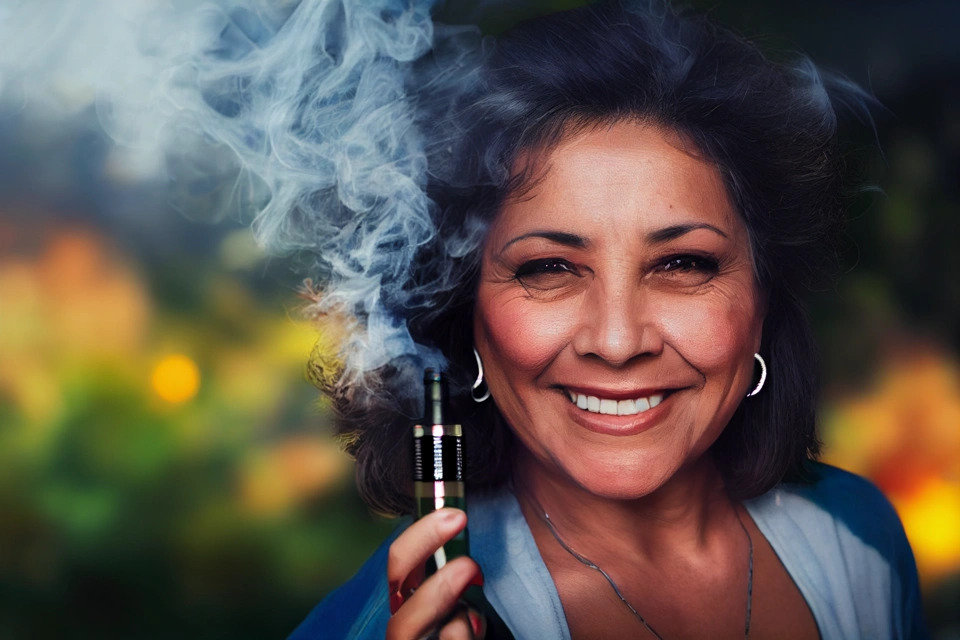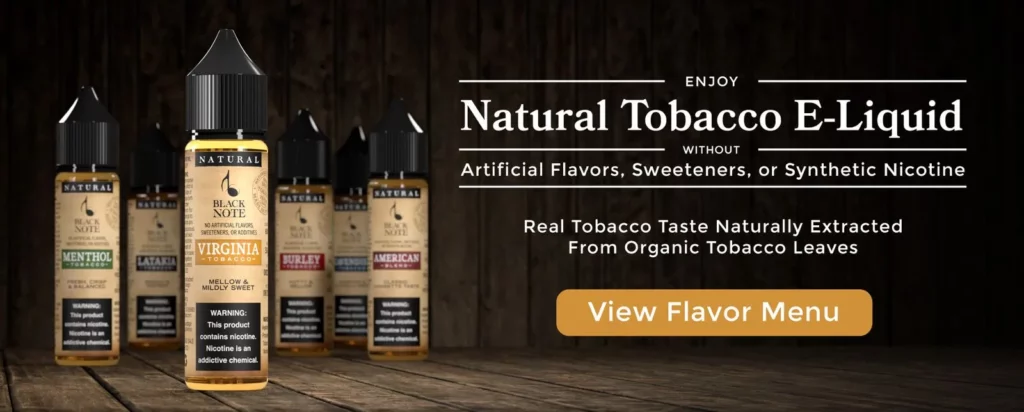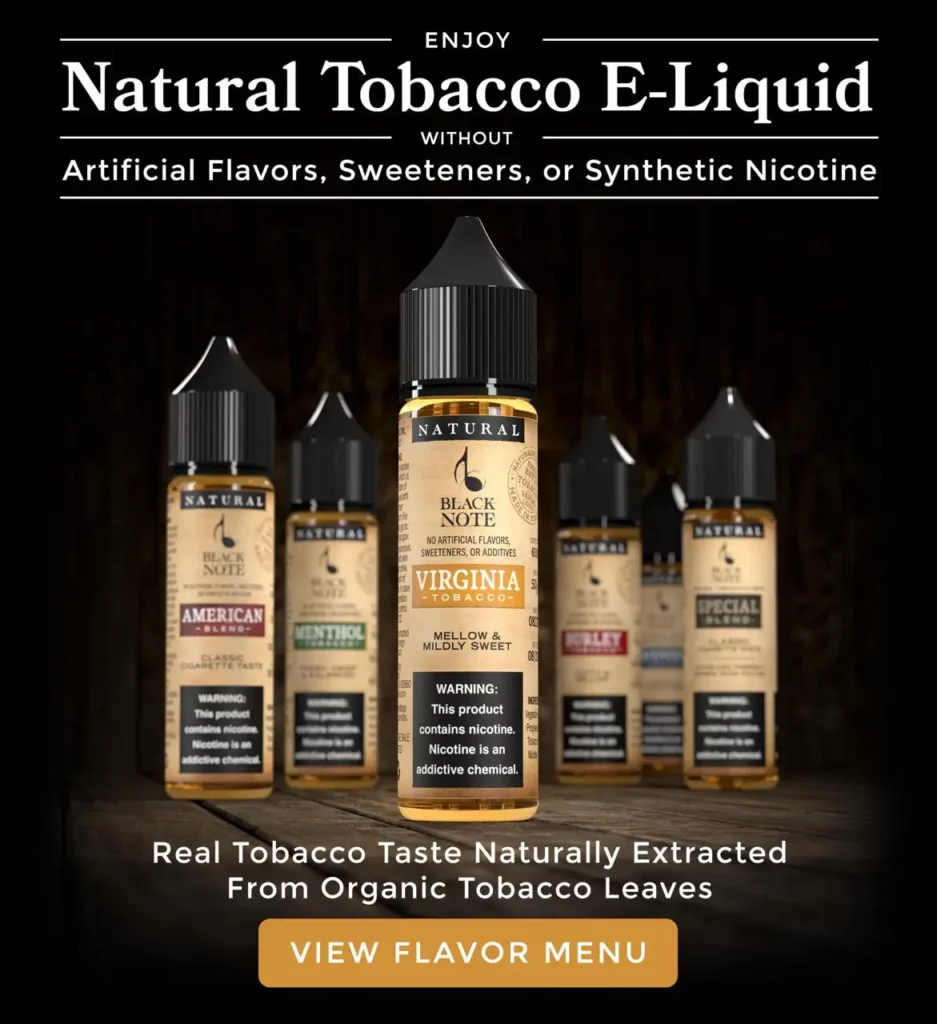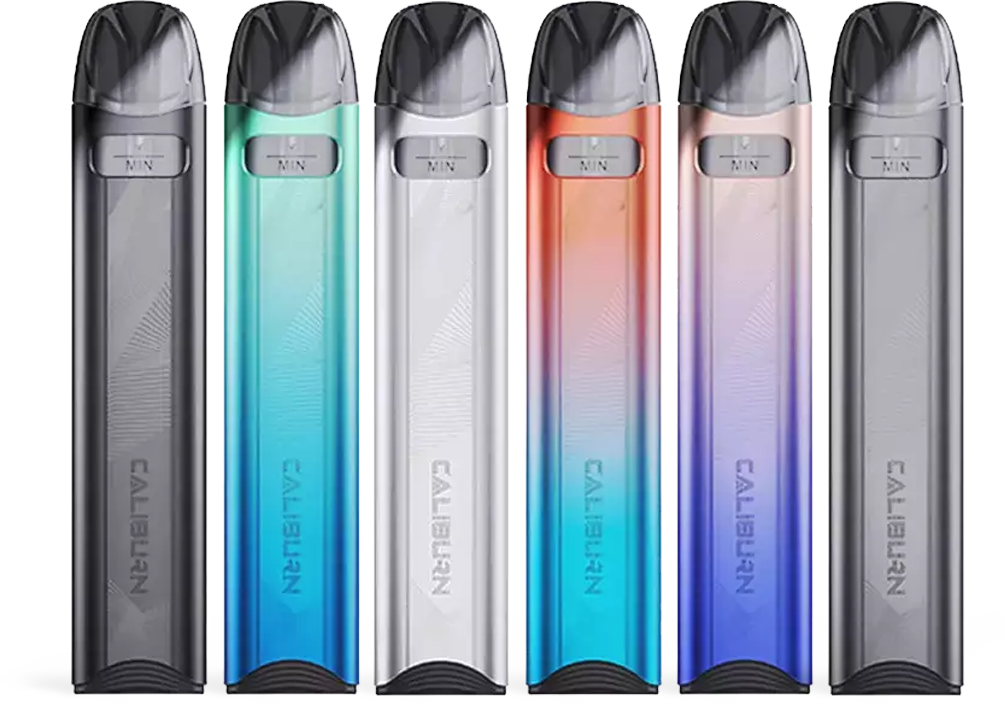What is RBA Vaping? Everything You Need to Know

Rebuildable atomizers (RBAs) have gained popularity among advanced vapers looking for a customizable and cost-effective vaping experience. Unlike pre-built coils that require regular replacement, an RBA allows users to build and install their own coils and wicks, offering full control over resistance, vapor production, and flavor.
But what exactly is an RBA, and how does it differ from an RTA, RDA, or RDTA? This guide provides a comprehensive breakdown of RBA vaping, covering:
- What an RBA is and how it works
- The different types of rebuildable atomizers (RBA vs. RDA vs. RTA vs. RDTA)
- The benefits and drawbacks of building your own coils
- Who should consider using an RBA system
- Essential tips for coil building and maintenance
If you’re looking to enhance flavor, increase vapor production, and reduce long-term costs, switching to an RBA system may be the right choice for you.
What is RBA Vaping?
Advanced vapers frequently become bored of using pre-made, conventional vapes and want to try creating their own. RBAs, or rebuildable atomizers, are sophisticated devices with decks that let users design and install their own wicks and coils, or “builds,” for use in vaping. Rebuildable Dripping Atomizers, Rebuildable Dripping Tank Atomizers, Rebuildable Tank Atomizers, and Genesis are the four types of RBAs. The name RBA can also apply to any atomizer with a build deck.
RBA heads work with clearomizers and sub-ohm tanks, replacing pre-made coil heads and giving vapers control over their setups. Since most tanks don’t have an RBA head, they must be used with particular tanks. However, they are detachable and replaceable like regular coil heads. RBA-equipped tanks are an excellent starting point for bespoke setups, enabling vapers to advance their building expertise. Rebuildable Dripping Atomizers, often known as RDAs, RTAs, or Rebuildable Tank Atomizers, are the two main categories of RBAs.
What does RBA mean on my vape?
Restrictions imposed by smart mode are overridden by RBA mode. Instead of the resistances predetermined by smart mode, it enables you to utilize various values for each coil. Rebuildable atomizers, or RBAs, allow you complete control over your device.
What is the difference between RBA, RTA, RDA, and RDTA?
Are you striving to understand the variations among the various vape products? The four factors you hear about most frequently are RBA, RDA, RTA, and RDTA. Do you want to learn how to use these 4 different devices? Rebuildable Atomizers, often known as RBAs, are thought to be among the best atomizers for vaping.
RTA and RDA are two additional atomizer subtypes under RBA. The tank system is referred to as RTA, while the dripper is referred to as RDA. If you are new to vaping, these items may be utterly unfamiliar to you. We have done our best to explain how these differ from one another.
Types of Rebuildable Atomizers: RBA vs. RDA vs. RTA vs. RDTA
Many vapers use the term RBA to describe a broad category of rebuildable tanks, but there are distinct differences between the main types of rebuildable atomizers.
1. RDA (Rebuildable Dripping Atomizer)
An RDA, commonly called a “dripper,” does not have a tank to hold e-liquid. Instead, users drip e-liquid directly onto the coils and wick.
Pros of RDAs
- Superior flavor production since e-liquid is vaped directly from the wick.
- Easier coil installation due to simple deck design.
- Quick flavor changes—no need to empty a tank before switching e-liquids.
Cons of RDAs
- Requires frequent dripping to keep the wick saturated.
- Less convenient for on-the-go vaping due to the need for manual dripping.
RDAs are best suited for cloud chasers and flavor enthusiasts who want maximum customization and vapor production.
2. RTA (Rebuildable Tank Atomizer)
An RTA includes a built-in e-liquid reservoir, allowing vapers to enjoy the benefits of an RBA without the inconvenience of dripping.
Pros of RTAs
- Larger e-liquid capacity—no need to drip constantly.
- More convenient for daily use compared to RDAs.
- Still provides coil customization while maintaining the usability of a standard tank.
Cons of RTAs
- More complicated coil installation due to additional tank components.
- Requires proper wicking technique to prevent leaking or dry hits.
RTAs are ideal for vapers who want the benefits of custom coils without sacrificing convenience.
For a full comparison of RBA systems, check out this Vapoholic guide.
3. RDTA (Rebuildable Dripping Tank Atomizer)
An RDTA combines features of both RDAs and RTAs, allowing vapers to drip e-liquid like an RDA while also having a small tank for storage.
Pros of RDTAs
- Provides the best of both worlds—dripping experience with a small tank backup.
- Excellent flavor and vapor production similar to an RDA.
- More convenient than a standard dripper due to added e-liquid storage.
Cons of RDTAs
- More complex setup compared to RDAs and RTAs.
- Requires frequent maintenance to prevent leaks and dry hits.
RDTAs are perfect for experienced vapers looking for the flexibility of an RDA with added e-liquid capacity.
How to Choose the Correct RBA, RDA, or RDTA
- The RDTA has a tank, but the RDA does not, and this is the primary difference between the two atomizers.
- There isn’t really much of a distinction between them other than that.
- Both of them produce a ton of vapor and let users create their own coils.
The best option relies entirely on the user’s preferences. The RDTA is for vapers who like a tank, while the RDA is for those who don’t mind pouring juice directly into the coils.
The device and the quality of its construction play a large role in choosing the best atomizer. There are some RDAs and RDTAs that are superior to others. To choose the best, make sure to read reviews of various items.
Who Should Consider Using an RBA?
RBA systems are designed for advanced vapers who want greater control over their vaping experience. Consider switching to an RBA if:
- You want customizable coil resistance and airflow to fine-tune vapor production.
- You prefer higher-quality flavor and vapor output compared to pre-built coils.
- You are comfortable with coil building, wicking, and regular maintenance.
- You want to save money on pre-made coil replacements by using DIY coil materials.
However, if you prioritize convenience over customization, a standard sub-ohm tank with replaceable coils may be a better fit.
How Long Does RBA Coil Last?
If coils are properly cared for, they can last a very long period. Remove the coil (or coils) from the tank, take out the old wicking, and give it a good cleaning once a week or as often as you vape.
- The easiest way to do this is by soaking it for at least 30 minutes in warm water.
- With this, you will be able to remove all of the burned juice and wicking from the wire.
- Then, use an isopropyl alcohol solution with a little steel brush to clean it.
- Brush it until all traces of the previous juice are eliminated.
- After you have brushed the coil, wash it under warm running water to get rid of all alcohol residue.
- The coil should then be laid out on a towel or piece of paper to air dry.
Immediately after it dries, put the coil on the deck and then dry fire it. The purpose of dry firing is to ensure an equal burn and the absence of machine oils. Dry firing is the process of igniting the vape without any juice or wicking in the tank.
When the coil has cooled, prime it with liquid and rewick it. Do this by pouring juice into the RBA’s juice well, which is where the juice accumulates and allows the wicking to absorb it. Wicking is the substance that absorbs and holds onto liquid. It is often comprised of cotton. Before using the device, let it sit for 5-10 minutes.
Although it may seem boring and time-consuming to go through these tasks, regular cleaning and rewicking maintain cloud production and flavor consistency while extending the life of the wires.
How to Build a Coil for an RBA
Building your own coils requires some basic tools and knowledge but becomes easier with practice. Here’s a general step-by-step guide:
- Choose Your Coil Wire – Kanthal, stainless steel, nichrome, or titanium.
- Wrap the Coil – Use a coil jig or screwdriver to create even wraps.
- Install the Coil – Secure the coil to the build deck using the screws.
- Test for Hot Spots – Fire the coil without cotton to check for uneven heating.
- Insert the Wick – Pull organic cotton through the coil and trim excess.
- Saturate the Wick – Prime the cotton with e-liquid before vaping.
FAQ’s
What is an RBA in vaping?
An RBA (Rebuildable Atomizer) is a type of vape tank that allows users to build and install their own coils and wicks instead of relying on pre-made coil heads. This gives vapers greater control over resistance, vapor production, and flavor. RBAs can be found in various atomizer styles, including RDAs (Rebuildable Dripping Atomizers), RTAs (Rebuildable Tank Atomizers), and RDTAs (Rebuildable Dripping Tank Atomizers).
What’s the difference between an RBA, RDA, RTA, and RDTA?
- RBA (Rebuildable Atomizer): A general term for any atomizer that allows coil rebuilding.
- RDA (Rebuildable Dripping Atomizer): No tank, requires dripping e-liquid directly onto the coils. Best for flavor and cloud chasing.
- RTA (Rebuildable Tank Atomizer): Includes a tank reservoir, allowing continuous wicking without dripping. More convenient for everyday use.
- RDTA (Rebuildable Dripping Tank Atomizer): Combines RDA and RTA features, allowing for dripping but with a small e-liquid tank for storage.
Each type has its advantages depending on vaping style and convenience preferences.
Is RBA vaping better than using pre-built coils?
RBA vaping offers several benefits over pre-built coil systems:
✔ Better flavor and vapor production due to customizable coil resistance and wicking.
✔ Lower long-term costs as users can build coils instead of buying expensive pre-made replacements.
✔ More control over airflow, resistance, and coil materials, allowing users to tailor their experience.
However, it requires more maintenance, technical knowledge, and time to build coils properly.
Is an RBA good for beginners?
RBAs are generally not recommended for beginners because they require:
- Knowledge of Ohm’s Law and battery safety.
- Hand-building coils and wicking properly to prevent dry hits or leaks.
- Regular maintenance to keep the atomizer performing optimally.
For beginners, a standard sub-ohm tank with replaceable coils is easier to manage.
How do I build a coil for an RBA?
To build an RBA coil, follow these steps:
- Select coil wire – Choose from Kanthal, stainless steel, nichrome, or titanium.
- Wrap the coil – Use a coil jig or screwdriver to create even wraps.
- Install the coil – Secure it to the build deck with screws.
- Test the coil – Fire it without cotton to check for hot spots.
- Insert the wick – Thread cotton through the coil and trim excess.
- Saturate with e-liquid – Prime the wick before vaping.
Proper coil-building techniques ensure a smooth, flavorful vape without burning or dry hits.
What’s the best wire type for an RBA?
The best wire type depends on vaping style and device compatibility:
- Kanthal – Great for beginners, durable, and easy to use in wattage mode.
- Stainless Steel (SS316L) – Works in both wattage and temperature control modes.
- Nichrome (Ni80) – Heats up faster than Kanthal, ideal for high-performance builds.
- Titanium (Ti) & Nickel (Ni200) – Used in temperature control mode only, requiring extra safety precautions.
Each wire type offers different heating properties, affecting flavor, ramp-up time, and vapor density.
Does an RBA require more maintenance than a standard tank?
Yes, RBAs require more frequent maintenance than traditional vape tanks with pre-built coils. Regular upkeep includes:
- Cleaning the build deck to remove residue and prevent gunk buildup.
- Replacing wicks often to maintain fresh flavor.
- Checking for coil wear and oxidation, replacing when necessary.
- Ensuring proper wicking to avoid leaks or dry hits.
While RBAs require more effort, they provide better performance and customization options.
Can I use any e-liquid with an RBA?
Yes, but the PG/VG ratio and coil setup affect performance.
- High VG (70/30 or 80/20) – Best for RDAs and RDTAs, producing dense vapor.
- 50/50 PG/VG – Works well for RTAs, ensuring better wick saturation.
- Nicotine Salts (50/50 or higher PG) – Not recommended for high-power RBA setups, as they are designed for low-wattage pod systems.
Choosing the right e-liquid ensures optimal wicking and prevents dry hits or leaks.
Who should consider switching to an RBA?
RBAs are ideal for vapers who:
- Want greater control over coil resistance, wicking, and airflow.
- Are comfortable with DIY coil building and maintenance.
- Want to enhance flavor and vapor production compared to pre-built coils.
- Are looking for long-term cost savings on coil replacements.
For those who prioritize convenience over customization, pre-built coils are still a great option.
Key Takeaways
RBA vaping offers a fully customizable experience, allowing vapers to build coils, adjust airflow, and fine-tune performance to their exact preferences. While RDAs, RTAs, and RDTAs each offer unique benefits, they all share the advantage of enhanced flavor, better vapor production, and reduced long-term costs.
However, coil building requires patience, technical knowledge, and regular maintenance, making it best suited for experienced vapers. If you enjoy tinkering with your setup and achieving the best possible flavor and vapor performance, an RBA system could be the perfect upgrade.
For those looking for a premium vaping experience, Black Note’s naturally extracted tobacco e-liquids pair exceptionally well with rebuildable setups, providing a clean, smooth, and authentic flavor without artificial additives.
Would you like additional details on coil types, wire materials, or wicking techniques? Let me know how I can further enhance this guide.
To learn more about vaping, please do well to read more articles on our website and also subscribe to our email newsletter.
Stay connected with Black Note!
Subscribe to receive exclusive discounts, expert vaping tips, and updates on the latest devices directly to your inbox.







